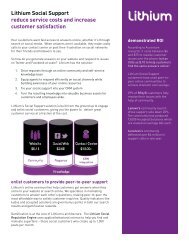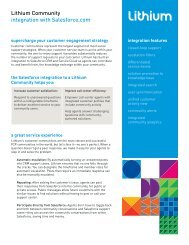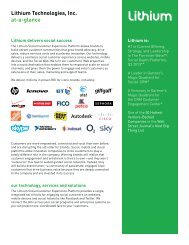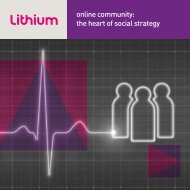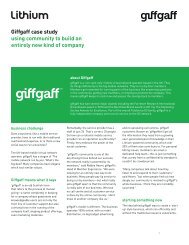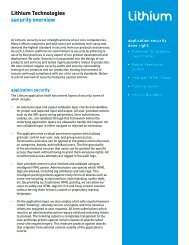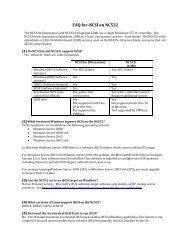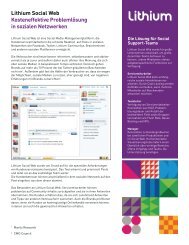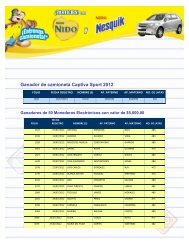Community Health Index - Lithium
Community Health Index - Lithium
Community Health Index - Lithium
You also want an ePaper? Increase the reach of your titles
YUMPU automatically turns print PDFs into web optimized ePapers that Google loves.
defining health<br />
factors for online<br />
communities<br />
Good health and good sense are two of life’s<br />
greatest blessings.<br />
-Publius Syrus, Maxim 827<br />
<strong>Health</strong> in an online customer community, like health in<br />
an individual, is spread across a broad spectrum. And as<br />
Charles Atlas and the 97-pound weakling illustrate, some<br />
communities are stronger and healthier than others. But,<br />
no matter how good we look or how robust we feel at the<br />
moment, there is always room for improvement.<br />
Humans enjoy the benefit of sophisticated diagnostic and<br />
preventive medicine, which tells us where we need to<br />
improve. In order to get the most out of online communities,<br />
we need similar diagnostics to help us make better use of the<br />
data currently available for measuring community activity and<br />
performance. Armed with the right data and with standards<br />
that allow us to evaluate that data objectively, we can then<br />
formulate a plan for improving community health.<br />
Based on our continuous engagement with successful online<br />
communities, we were able to identify a common set of<br />
characteristics shared by healthy communities of all types,<br />
sizes, and ages: they are growing, useful, popular, responsive,<br />
interactive, lively, and positive. Furthermore, analysis of the<br />
vast body of data available to us allowed us to then define<br />
specific health factors that most accurately represent<br />
each characteristic.<br />
The characteristics of healthy communities and their<br />
corresponding health factors are:<br />
share this whitepaper<br />
Growing = Members. After an initial surge of registrations<br />
characteristic of a newly-launched community, membership<br />
in a healthy community continues to grow. Although mature<br />
communities typically experience a slower rate of growth,<br />
they still add new members as the company’s customer base<br />
grows. The traditional method for measuring membership is<br />
the registration count. 1<br />
Useful = Content. A critical mass of content posted on an<br />
online community is clearly one of its strongest attractions to<br />
both members and casual visitors. In support communities,<br />
the content enables participants to arrive at a general<br />
understanding or get answers to specific questions. In<br />
engagement (enthusiast or marketing) communities, it serves<br />
as a magnet to attract and engage members. In listening<br />
communities, the content posted by community members<br />
gives the company valuable input from the customers who<br />
use their products or services.<br />
A steady infusion of useful content, then, is essential to the<br />
health of a community. 2 The traditional metric for measuring<br />
content is number of posts. This metric alone, however, gives<br />
no indication of the usefulness of the content, especially in<br />
communities that do not use content rating or tagging. In<br />
order to model content usefulness instead of sheer bulk, we<br />
consider page views as a surrogate for marketplace demand,<br />
but then dampen their effect to reduce the likelihood of<br />
spurious inflation.<br />
3



